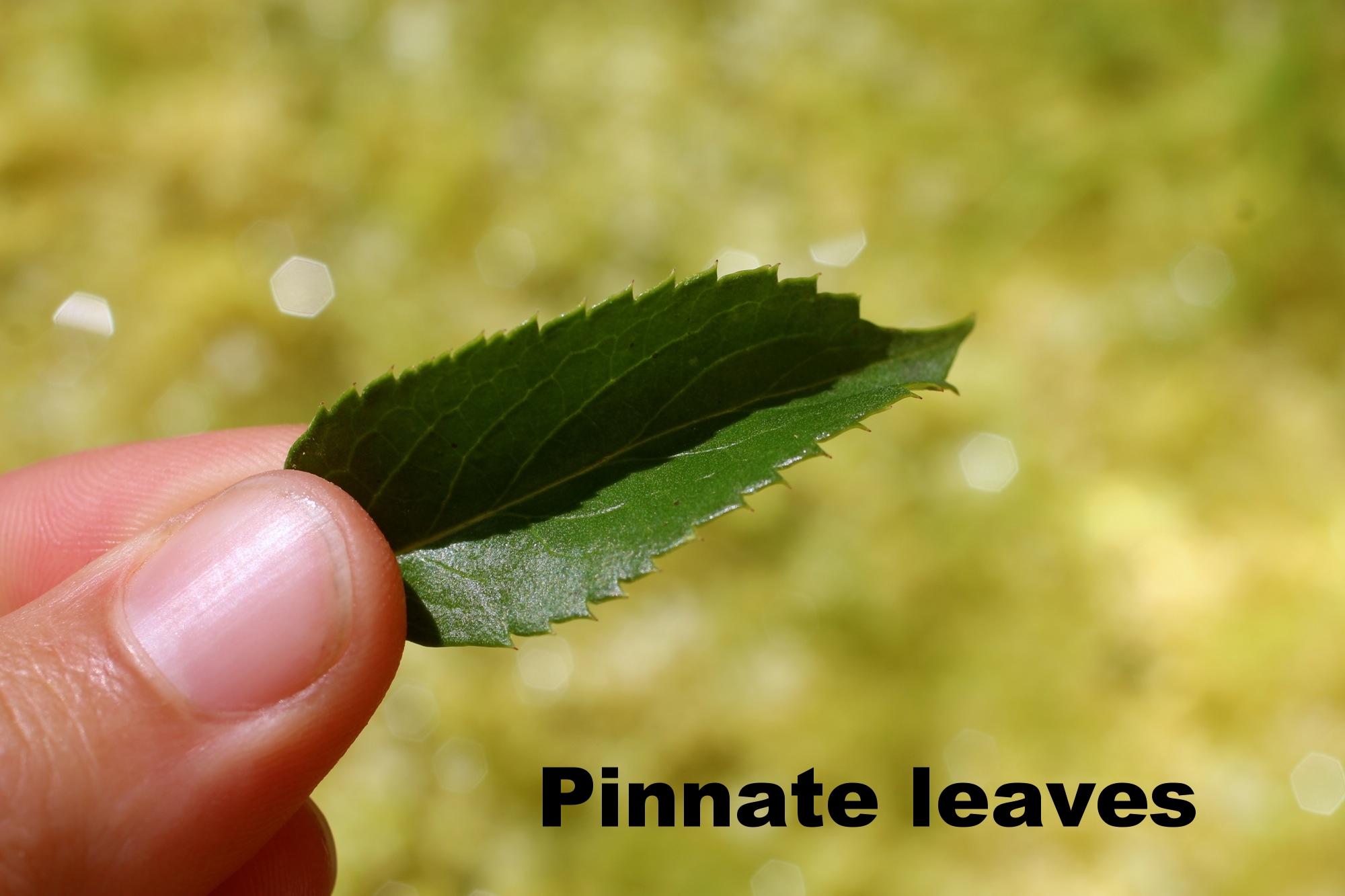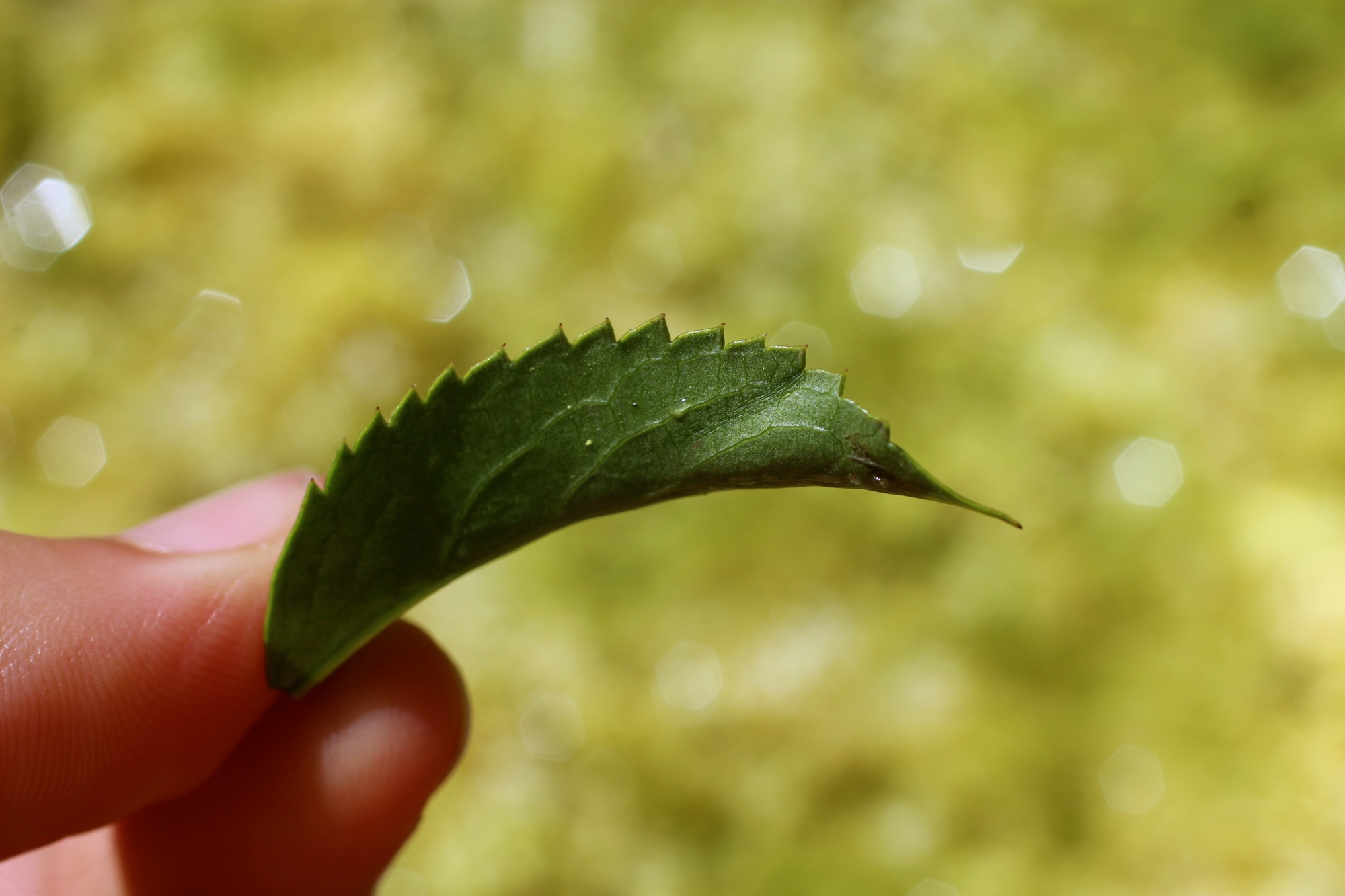The Regal Elderflower
A fragrant pagan declaration of summer.

Processing elderflower for fermented cordial with the Nordic Food Lab crew. We were all covered in pollen after this flower-plucking session! Species of elder likely Sambucus nigra.
There's something truly special about the elder, or Sambucus, plant and I've always felt a special connection to it. Not only does it proclaim to the world that summer is approaching and provide culinary and medicinal benefits, but it also somehow manages to be both utterly wild and elegantly refined at the same time. The plant is likely called "elder" because it is so old that you can find varieties of it around the world. It's no surprise then that so many cultures have different symbolisms and uses attached to Sambucus including (but definitely not limited to) the below.
Symbolism
Shakespeare: Grief (the "stinking elder"), yet also beloved
Pagan: Superstitions around cutting it back or burning it (will cause bad luck)
Danish: The elder Mother or "vegetation goddess" lives in the tree (HyldeMoer) - you need to ask her permission before cutting it.
Sicilians: Kill serpents and drive away robbers
Serbians: Good luck if used during the wedding ceremony
England: Hold in pocket to ward off lightning, cross above animals to ward off evil
Supposed Medicinal Uses (Note: I have not looked into the scientific evidence supporting any of the below, but rather wanted to show the breadth of supposed medicinal uses)
Bark: Purgative, emetic, diuretic, asthma (not consumed anymore due to toxins)
Leaves: Bruises/sprains, wound healing, expectorant, diuretic (not consumed anymore due to toxins)
Flowers: Tea for swollen sinuses, colds, flu, diabetes, constipation, rheumatism, influenza, relaxant, complexion, blood purification
Berries: Hot wine for influenza, asthma, juice for antiviral/antibacterial
Food
Flowers: Cordial (St.Germain is an elderflower liqueur), desserts, jelly, shrub, fritters
Berries: Cordial, wine, syrup, desserts, jelly, etc.


The elder tree can grow up to 25 feet tall and has reddish bark and pinnate leaves opposite of each other. The tiny star-shaped flowers, which bloom in May/June, are a yellowish white/cream color and grow in clusters. The elder plant that you will find in Northern California (and most of the Western United States) is Sambucus cerulea, also known as blue elder for it's dark blue berries. The berries can be found later in the summer, are a bluish/black often with a whitish powder sheen and also grow in large clusters.
ELDERFLOWER AND ELDERBERRIES MUST BE PROCESSED BEFORE CONSUMING. Don't just go around grabbing handfuls and consuming them raw like you would blackberries! However, the berries may be fine in small amounts and both berries and flowers are definitely safe after cooking or drying. When using the flowers, such as in this elderflower chive fritter recipe, it's best to remove as much of the stem as possible, but some stem is fine if cooked.

Notice tiny star-shaped flowers. This Sambucus nigra from Europe has larger clusters and whiter flowers than the Sambucus cerula of California.
My first experience with elderflower (other than St.Germain) was during my stint as a visiting researcher at the Nordic Food Lab in Denmark. We spent a morning riding all over Copenhagen to forage huge clusters of elderflowers and stuffing them into sacks before plucking the flowers to be used in a fermented cordial. I still fondly remember being covered in pollen afterward while enjoying a well-deserved chocolate rye roll. Denmark is really a magical place and elderflowers unsurprisingly about there. The elderflowers you find in Denmark are most likely to be Sambucus nigra rather than the Sambucus cerulea that is found in California and are a bit larger and whiter, but both have the same beautiful fragrance and uses. As I left Denmark before the berries came out and just recently found a spot for elder in California, I have yet to experiment with the berries, but am greatly looking forward to doing so this summer!

Yellower, yet still star-shaped, flowers of the Sambucus cerula foraged from Tilden Park in Berkeley, CA.
Fennel, Fennel Everywhere
Abundant sweet anise flavor.
“Note: we’re currently gathering samples in the most industrial soils we can find to measure potential toxins - if the plant tissues from these soils haven’t accumulated toxins, pretty much any urban soil will be safe. More on that later! ”
Whether you've been looking for it or not, you likely come across wild fennel, or Foeniculum vulgare, quitefrequently. On a recent sample gathering in West Oakland, I was once again struck by just how rampantly wild fennel grows. Asphalt, cement, roadsides, or parking lots, wild fennel survives and thrives everywhere.

Feathery leaves of wild fennel fronds.

Foraging wild fennel in a North Oakland median.
A member of the same family as carrot, parsley, and dill, fennel has thin feathery leaves that connect to a larger stem. The plants can grow very tall and may have delicate yellow flowers. On foraging walks, I always get very hopefully asked about how to harvest the fennel bulb, but alas, wild fennel does not have a large bulb as you find with conventional fennel. Fortunately, the leaves are incredibly abundant and flavorful, as are the stalks, and flowers, pollen, and seeds in season. Fennel often grows alongside poison hemlock, which is in the same family, but has leaves more like carrot tops and purple splotches on the stems. If you are unsure if what you have is fennel, give it a smell - the smell will undeniably tell you if you have fennel. You can find fennel primarily in the spring through early fall, though I have seen it at all times of the year, and the flowers and pollen can be found in the summer.
Although you probably wouldn't want to make an entire salad of fennel, the sweet anise and licorice flavor works great as a garnish. Try it in sauces, on fish or chicken, in soups, in omelettes, desserts, and as a salad component. The pollen is lovely as a tasty condiment and the seeds are a digestive aid.

When in doubt - smell the plant and if it's fennel, it will definitely smell like fennel.
The below is NOT FENNEL, but POISON HEMLOCK. Note the carrot-like leafy tops and purple splotches on the stem. The poison hemlock flowers are similar to fennel so be sure you carefully determine what you're picking and identify the fennel by the feathery, thin leaves and smell.

Photo credit: http://www.kingcounty.gov/




